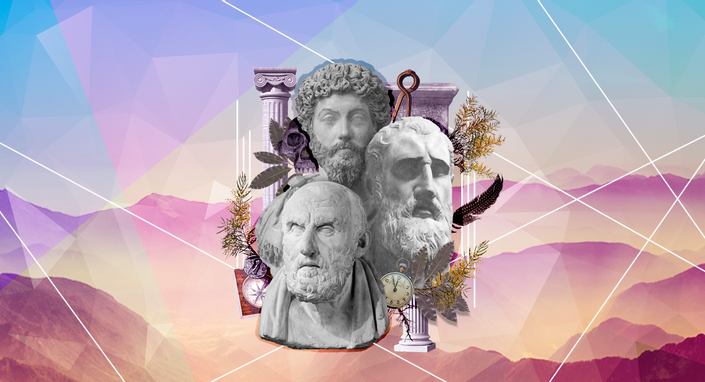Source article originally published on
Article Summary and/or Excerpt:
After around a decade of unlooked-for popular growth, it may no longer be too soon to say that we could be approaching “peak Stoic.” The reader in search of practical guidebooks on “how to live like a Stoic” is faced with an embarrassment of riches. These texts generally emphasize the psychological and psychosocial benefits one can get from learning some basic tenets of Stoic ethics, as well as some key exercises: the dichotomy of control, negative visualization (or the premeditation of adversities), the analysis of emotions as contestable judgments, the clarification of values, morning meditations, and the evening examination of conscience. It would be interesting to know the demographic spread of people within the growing Stoic communities globally, but they span from tech entrepreneurs (a cohort in which Stoicism of a particular flavor has flourished) through to parents and people in all kinds of professions: all looking for life advice of different, but convergent kinds. Inevitably, such a popular uptake of an ancient philosophy raises important questions surrounding whether the Stoicism that people are buying and practicing today is something new, relative to the ancient originals. Are we only sampling different parts or aspects of a philosophy which, in the ancient world, survived in a continuous tradition for at least 500 years, and which we know took in sophisticated treatments of logic, and a fully-fledged pantheistic view of the physics of the universe? And if we are, so what? Why shouldn’t we select? Does it matter, or is it a case of letting a thousand flowers bloom?
These debates, especially surrounding the relevance (or not) of the ancient Stoics’ ideas about physics for those interested in the philosophy as a way of life, have bubbled along for as long as “modern Stoicism” has been developing. And this bubbling along, I suspect, is a healthy thing, not least since it seems clear that in the ancient Stoic school, certainly after the first generations, different positions emerged on issues like moral psychology (is the soul unitary or not?), as well as ethics (is it ever OK to conceal relevant information from someone, who could use it to make the best decisions?) and even politics (if private property is not natural, but conventional, does that mean that prior possession creates a binding claim or not?).
Moreover, even if we confine ourselves to our key sources concerning Stoic ethics, there is a key tension which Australian writer, Will Johncock, identifies and responds to in his Beyond the Individual: Stoic Philosophy on Community and Connection, a new book on Stoicism which stands out from almost any other on the market today. If we start with Epictetus’ Manual, and the dichotomy of control, we get one image of Stoicism: let’s call it “second person” (and in a more or less imperative voice). If there are things outside of “your” control (and that is almost everything, as the writer Kurt Vonnegut once joked), you should not let them preoccupy or distress you. Instead, redirect your mental energies to what you can directly or potentially change. Marcus Aurelius’ Meditations, in which he almost everywhere addresses himself in the second person, also belongs in this broadly “self-help”, second-person presentation of Stoicism. In reading the philosopher-emperor enjoining himself, we can each identify with him, and follow Marcus’ advice to take better control of what depends upon us, as well as the other points which he stresses (see later).
